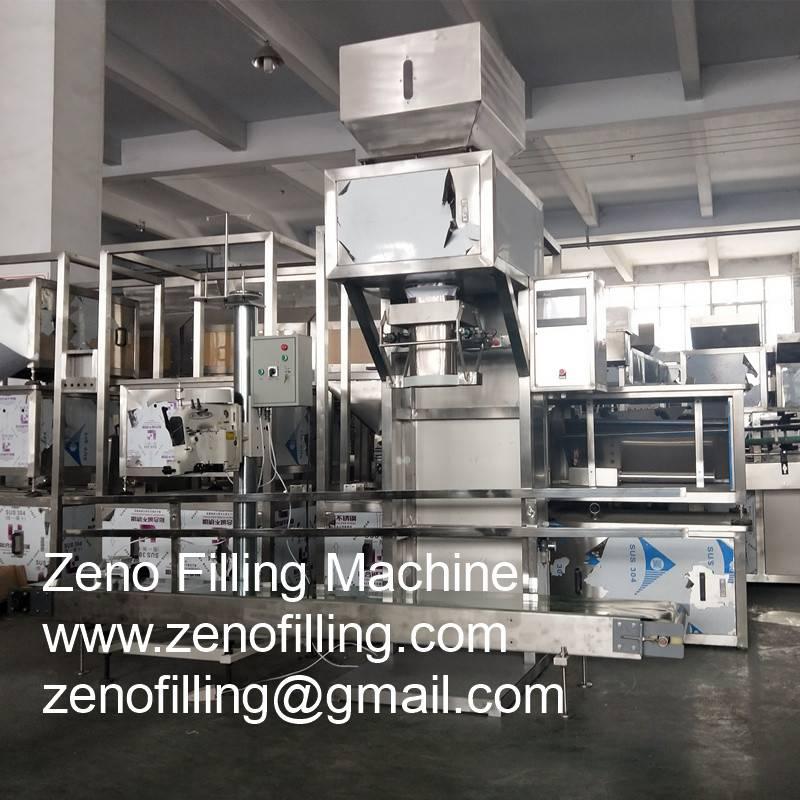Growing Indian Chikki Market: Tradition, Taste & the Rise of Premium Brands Like Nutrizo Foods
India’s snacking landscape is changing fast—but traditional favorites like Chikki continue to shine. Once a simple homemade sweet, chikki has evolved into a rapidly growing commercial market driven by demand for natural, healthy, and energy-rich snacks.
At Nutrizo Foods, we’re proud to bring authentic Indian chikki to modern consumers—crafted with pure jaggery, premium nuts, and strict hygiene standards.
Why the Chikki Market is Growing
✔ Increasing preference for natural, preservative-free snacks
✔ Rising love for traditional Indian flavors
✔ Busy lifestyles driving demand for on-the-go energy foods
✔ Growing export potential for jaggery-based sweets
Market Trends Boosting Chikki Demand
Premiumization – Almond, cashew, and dry fruit chikki
Innovation – Chocolate chikki, protein bars, sugar-free options
Modern Packaging – Hygiene, longer shelf life & better branding
Nutrizo Foods: Tradition Meets Quality
We make chikki that is:
✔ 100% jaggery-based
✔ Rich in natural nutrients
✔ Free from artificial preservatives
✔ Fresh, crunchy & hygienically packed
As India embraces healthier and traditional snack choices, the chikki market is set for impressive growth—and Nutrizo Foods is ready to lead this sweet journey.
Visit: https://nutrizofoods.com/
LinkedIn Profile: https://www.linkedin.com/company/nutrizo-foods/
About Nutrizo Foods
Nutrizo Foods is a proudly Indian food manufacturing brand specializing in traditional Chikki, snacks, and nutritious sweet products. Rooted in India’s rich culinary heritage, Nutrizo Foods is committed to delivering premium-quality, hygienically prepared, and authentically crafted Chikki to customers across India and abroad. With a strong focus on innovation, purity, and consumer wellness, Nutrizo Foods combines age-old Indian recipes with modern manufacturing standards to meet the growing demand for healthy, natural, and energy-rich snack options.
Contact Us:
Nutrizo Foods
(Traditional Indian Chikki & Food Products Manufacturer)
Industrial Estate,Sangamner City, State –Maharashtra 422605, India
Website: https://nutrizofoods.com/
Email: contact@nutrizofoods.com
Follow Us:
LinkedIn | Instagram | YouTube | Twitter
For Business Enquiries, Bulk Orders, Private Label Manufacturing, and Partnerships:
contact@nutrizofoods.com
#ChikkiMarket #IndianChikki #TraditionalSweets #PeanutChikki #JaggerySweets #HealthySnacking #IndianSnacks #ChikkiIndustry #NutrizoFoods #DesiSnacks
India’s snacking landscape is changing fast—but traditional favorites like Chikki continue to shine. Once a simple homemade sweet, chikki has evolved into a rapidly growing commercial market driven by demand for natural, healthy, and energy-rich snacks.
At Nutrizo Foods, we’re proud to bring authentic Indian chikki to modern consumers—crafted with pure jaggery, premium nuts, and strict hygiene standards.
Why the Chikki Market is Growing
✔ Increasing preference for natural, preservative-free snacks
✔ Rising love for traditional Indian flavors
✔ Busy lifestyles driving demand for on-the-go energy foods
✔ Growing export potential for jaggery-based sweets
Market Trends Boosting Chikki Demand
Premiumization – Almond, cashew, and dry fruit chikki
Innovation – Chocolate chikki, protein bars, sugar-free options
Modern Packaging – Hygiene, longer shelf life & better branding
Nutrizo Foods: Tradition Meets Quality
We make chikki that is:
✔ 100% jaggery-based
✔ Rich in natural nutrients
✔ Free from artificial preservatives
✔ Fresh, crunchy & hygienically packed
As India embraces healthier and traditional snack choices, the chikki market is set for impressive growth—and Nutrizo Foods is ready to lead this sweet journey.
Visit: https://nutrizofoods.com/
LinkedIn Profile: https://www.linkedin.com/company/nutrizo-foods/
About Nutrizo Foods
Nutrizo Foods is a proudly Indian food manufacturing brand specializing in traditional Chikki, snacks, and nutritious sweet products. Rooted in India’s rich culinary heritage, Nutrizo Foods is committed to delivering premium-quality, hygienically prepared, and authentically crafted Chikki to customers across India and abroad. With a strong focus on innovation, purity, and consumer wellness, Nutrizo Foods combines age-old Indian recipes with modern manufacturing standards to meet the growing demand for healthy, natural, and energy-rich snack options.
Contact Us:
Nutrizo Foods
(Traditional Indian Chikki & Food Products Manufacturer)
Industrial Estate,Sangamner City, State –Maharashtra 422605, India
Website: https://nutrizofoods.com/
Email: contact@nutrizofoods.com
Follow Us:
LinkedIn | Instagram | YouTube | Twitter
For Business Enquiries, Bulk Orders, Private Label Manufacturing, and Partnerships:
contact@nutrizofoods.com
#ChikkiMarket #IndianChikki #TraditionalSweets #PeanutChikki #JaggerySweets #HealthySnacking #IndianSnacks #ChikkiIndustry #NutrizoFoods #DesiSnacks
Growing Indian Chikki Market: Tradition, Taste & the Rise of Premium Brands Like Nutrizo Foods
India’s snacking landscape is changing fast—but traditional favorites like Chikki continue to shine. Once a simple homemade sweet, chikki has evolved into a rapidly growing commercial market driven by demand for natural, healthy, and energy-rich snacks.
At Nutrizo Foods, we’re proud to bring authentic Indian chikki to modern consumers—crafted with pure jaggery, premium nuts, and strict hygiene standards.
Why the Chikki Market is Growing
✔ Increasing preference for natural, preservative-free snacks
✔ Rising love for traditional Indian flavors
✔ Busy lifestyles driving demand for on-the-go energy foods
✔ Growing export potential for jaggery-based sweets
Market Trends Boosting Chikki Demand
🔸 Premiumization – Almond, cashew, and dry fruit chikki
🔸 Innovation – Chocolate chikki, protein bars, sugar-free options
🔸 Modern Packaging – Hygiene, longer shelf life & better branding
Nutrizo Foods: Tradition Meets Quality
We make chikki that is:
✔ 100% jaggery-based
✔ Rich in natural nutrients
✔ Free from artificial preservatives
✔ Fresh, crunchy & hygienically packed
As India embraces healthier and traditional snack choices, the chikki market is set for impressive growth—and Nutrizo Foods is ready to lead this sweet journey.
🔗 Visit: https://nutrizofoods.com/
🔗 LinkedIn Profile: https://www.linkedin.com/company/nutrizo-foods/
About Nutrizo Foods
Nutrizo Foods is a proudly Indian food manufacturing brand specializing in traditional Chikki, snacks, and nutritious sweet products. Rooted in India’s rich culinary heritage, Nutrizo Foods is committed to delivering premium-quality, hygienically prepared, and authentically crafted Chikki to customers across India and abroad. With a strong focus on innovation, purity, and consumer wellness, Nutrizo Foods combines age-old Indian recipes with modern manufacturing standards to meet the growing demand for healthy, natural, and energy-rich snack options.
Contact Us:
Nutrizo Foods
(Traditional Indian Chikki & Food Products Manufacturer)
Industrial Estate,Sangamner City, State –Maharashtra 422605, India
Website: https://nutrizofoods.com/
Email: contact@nutrizofoods.com
Follow Us:
LinkedIn | Instagram | YouTube | Twitter
For Business Enquiries, Bulk Orders, Private Label Manufacturing, and Partnerships:
📩 contact@nutrizofoods.com
#ChikkiMarket #IndianChikki #TraditionalSweets #PeanutChikki #JaggerySweets #HealthySnacking #IndianSnacks #ChikkiIndustry #NutrizoFoods #DesiSnacks
0 Comentários
0 Compartilhamentos
2K Visualizações






